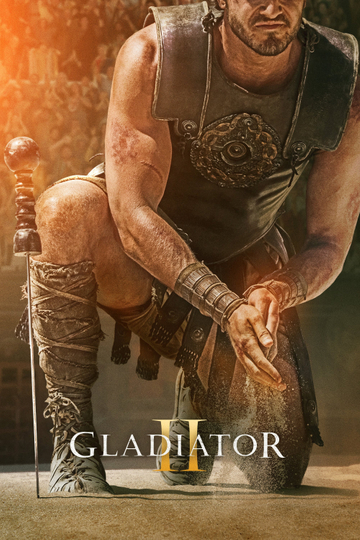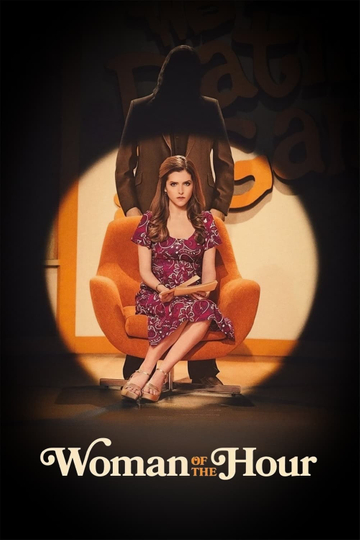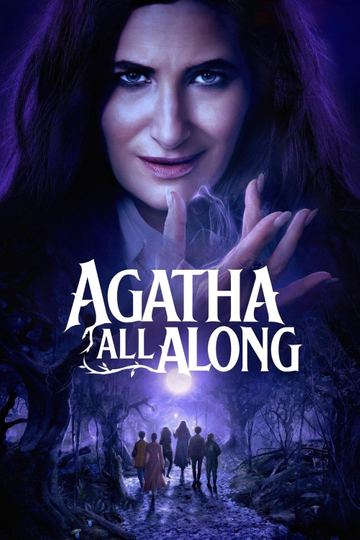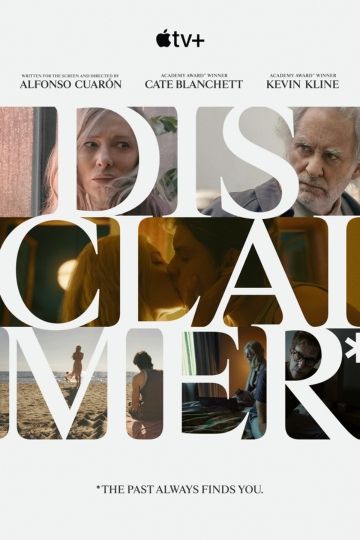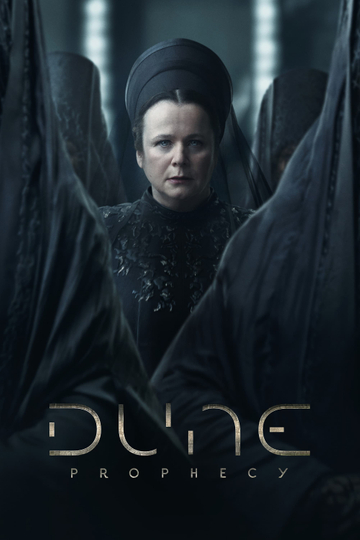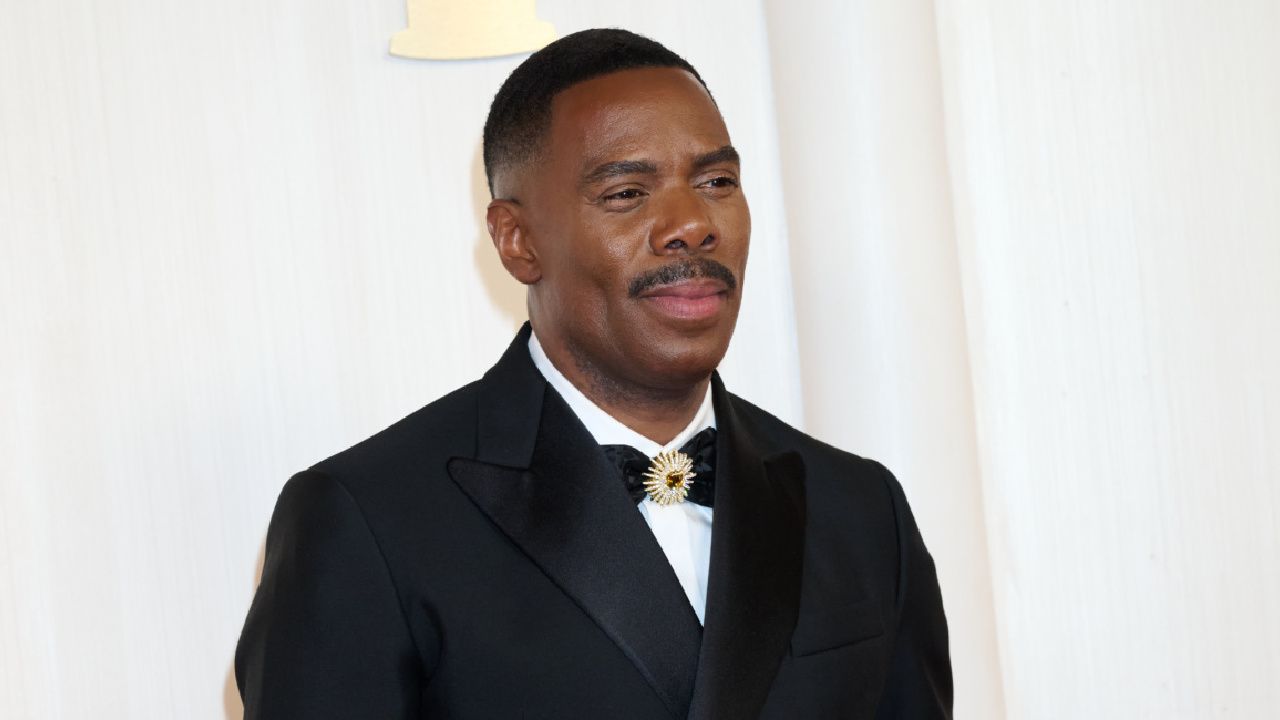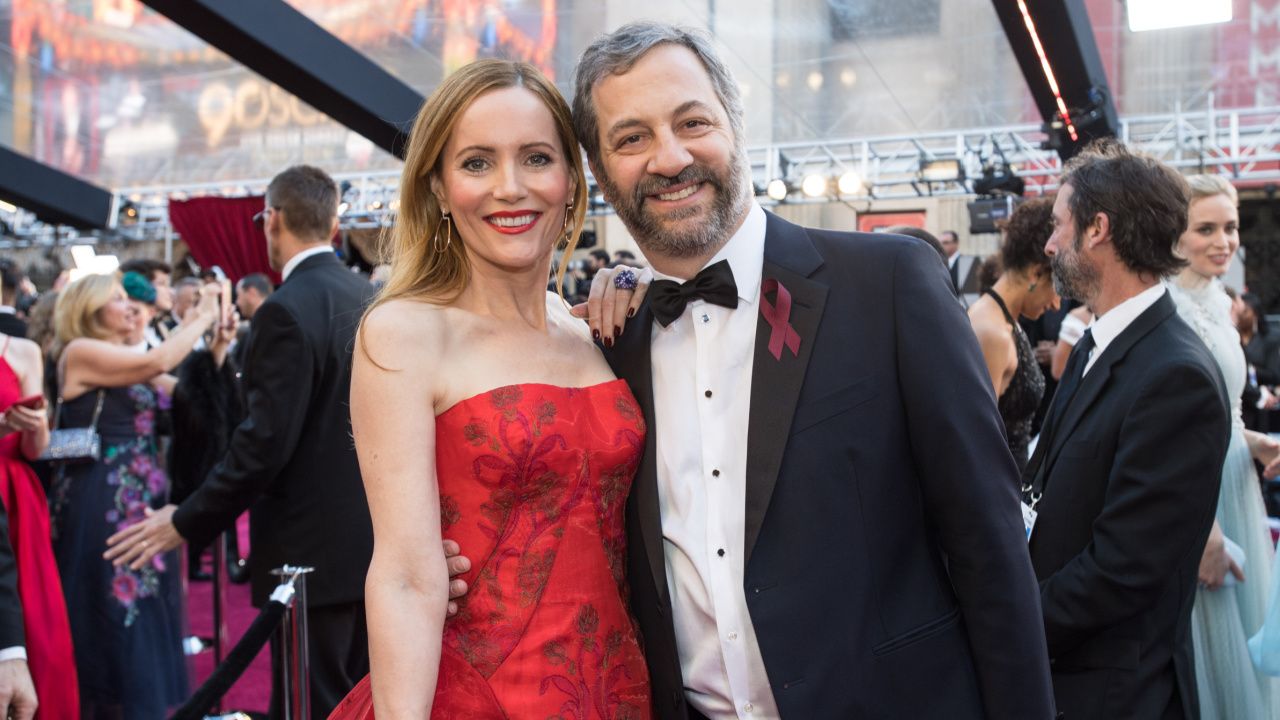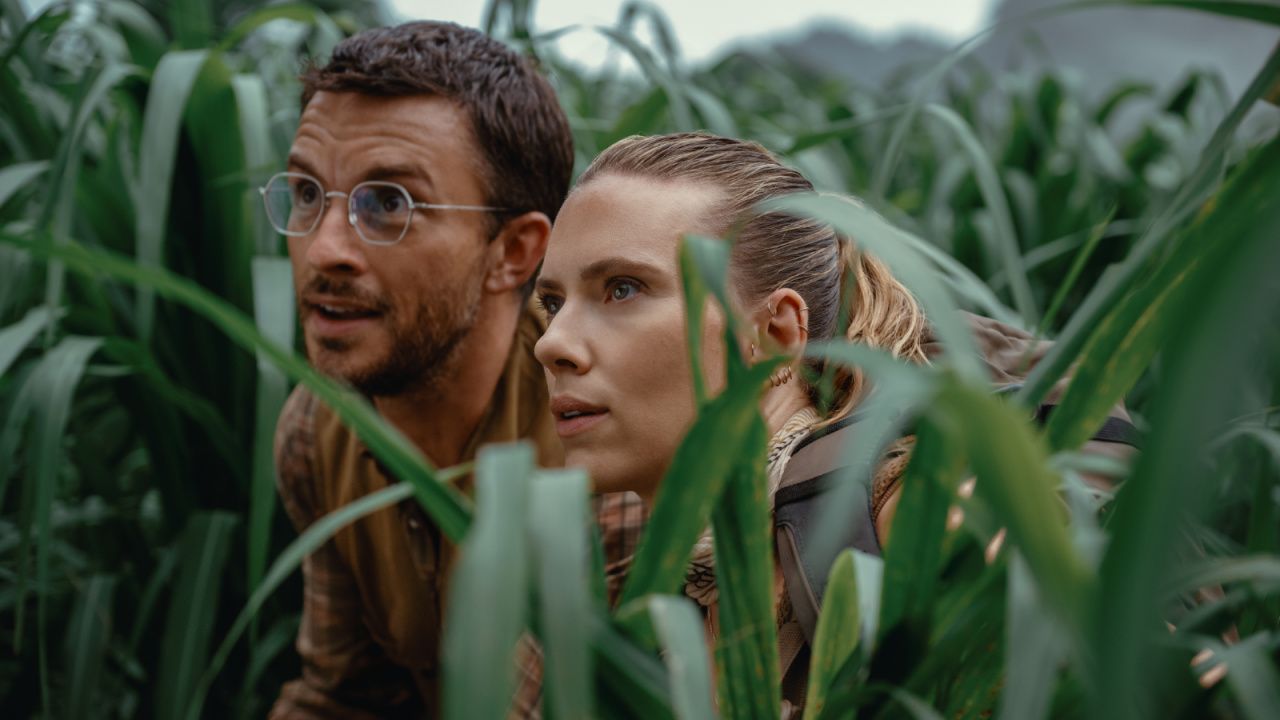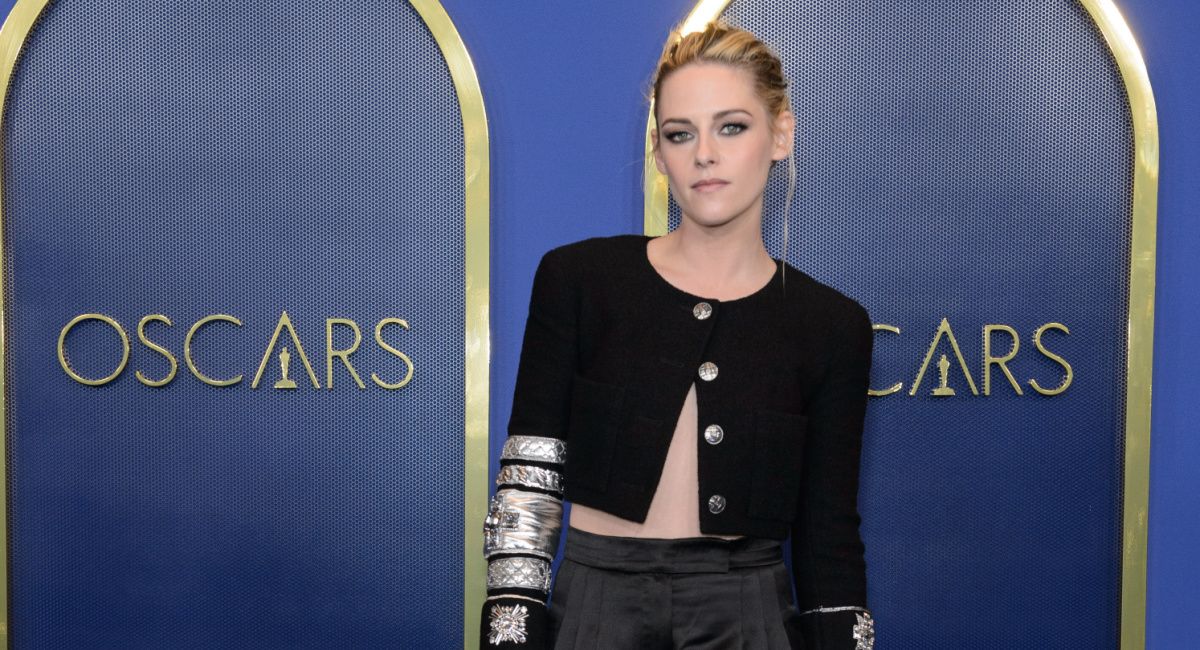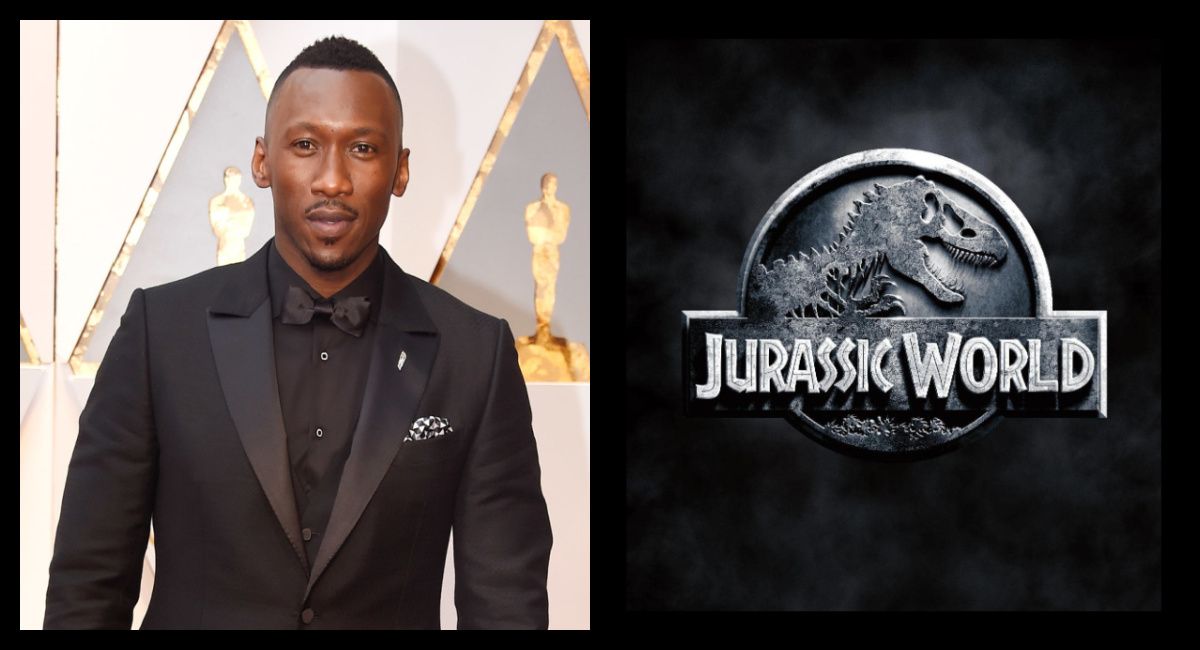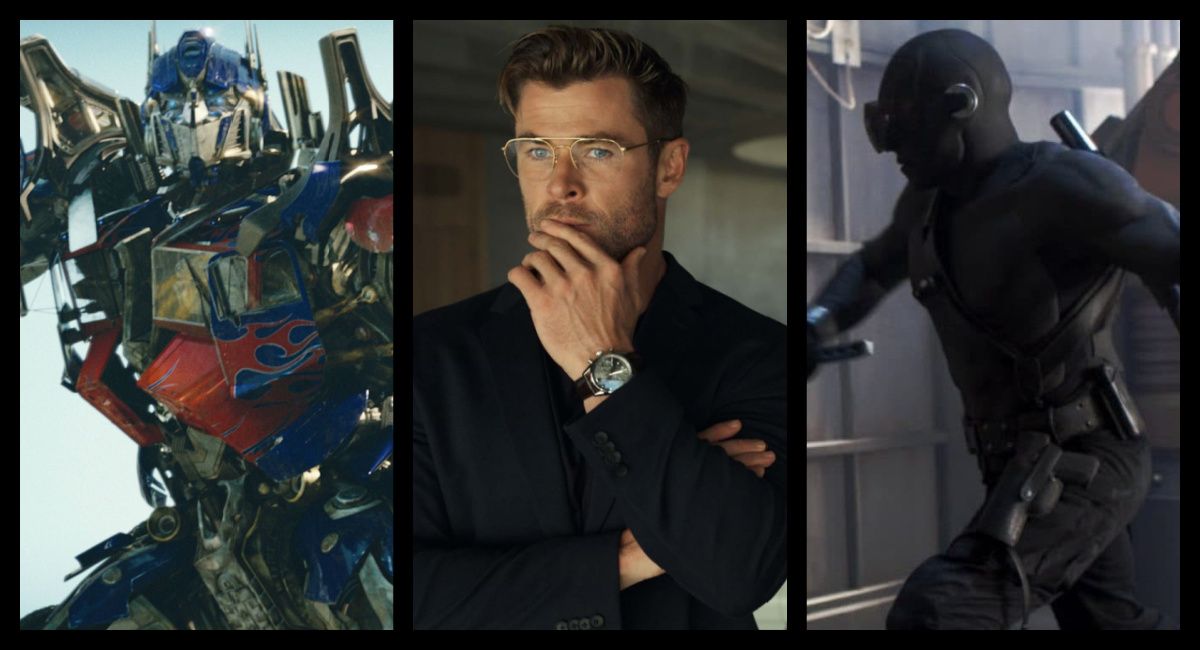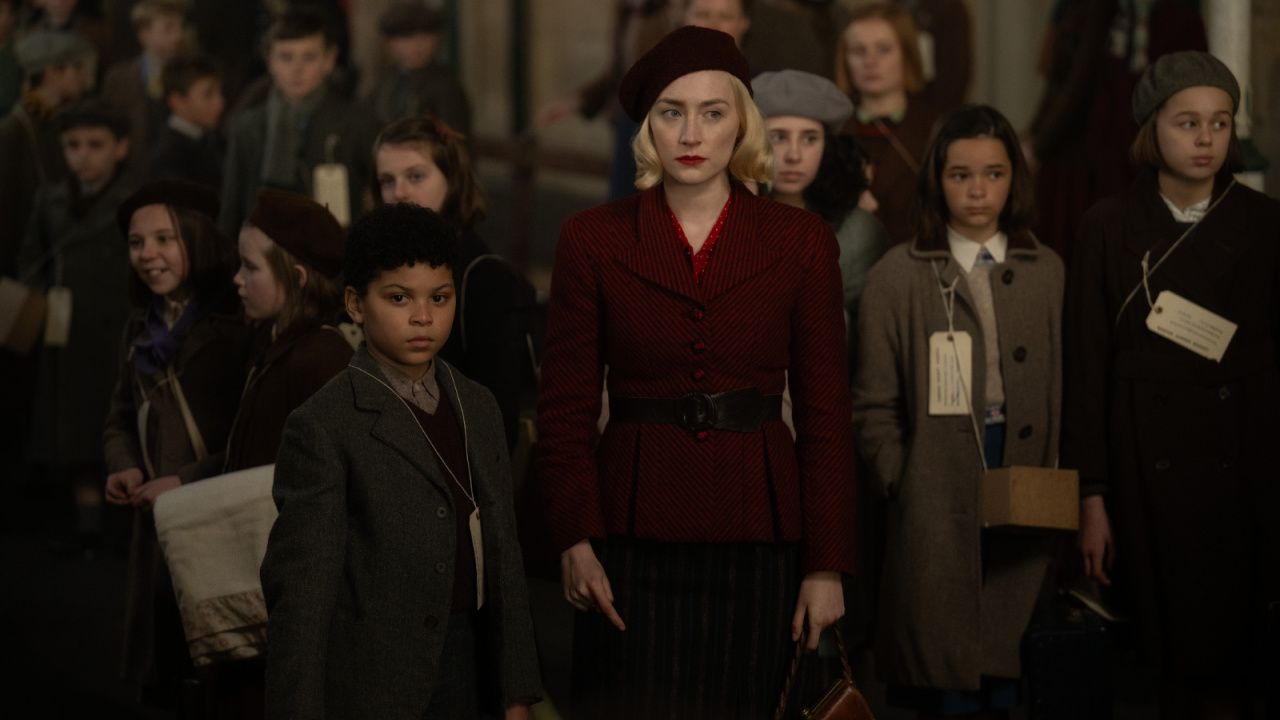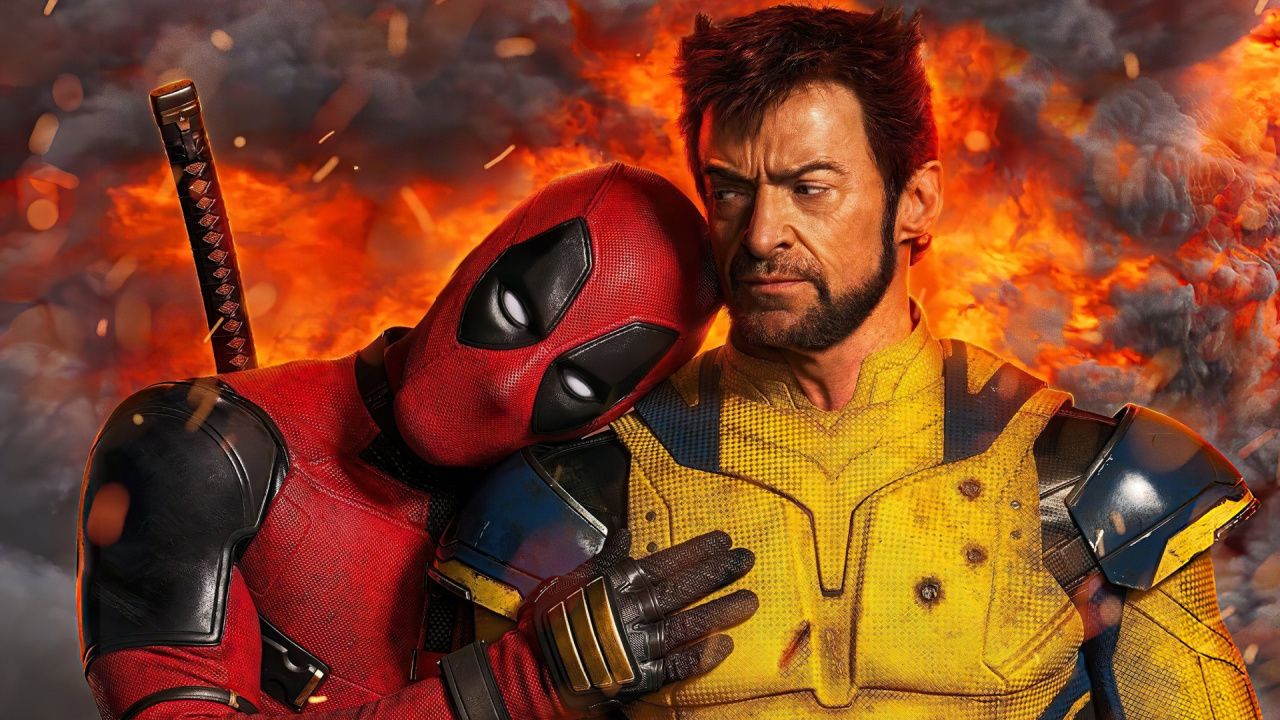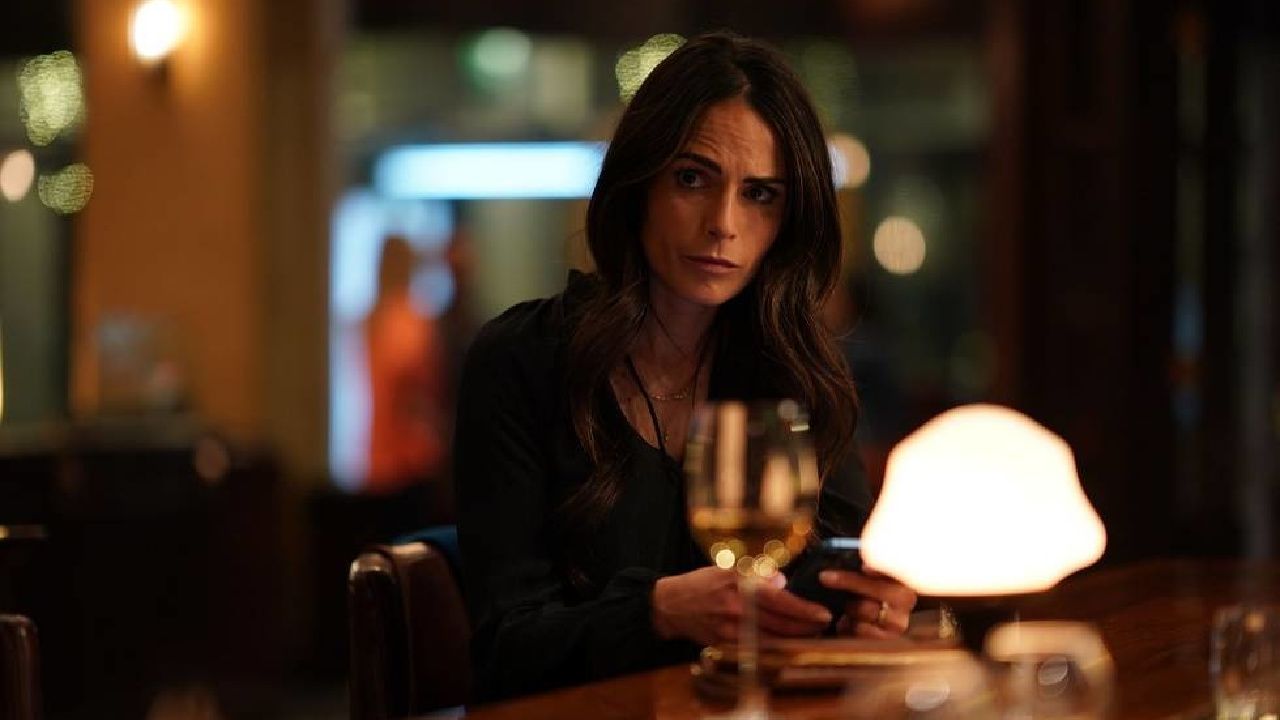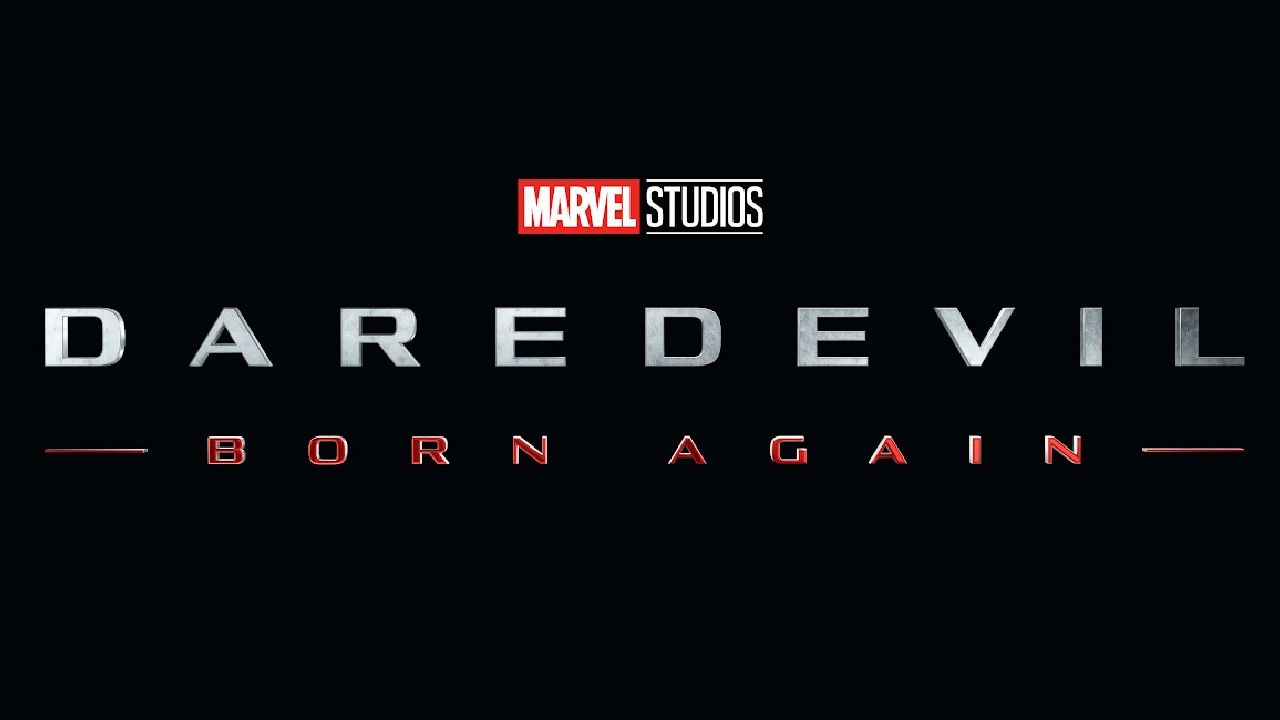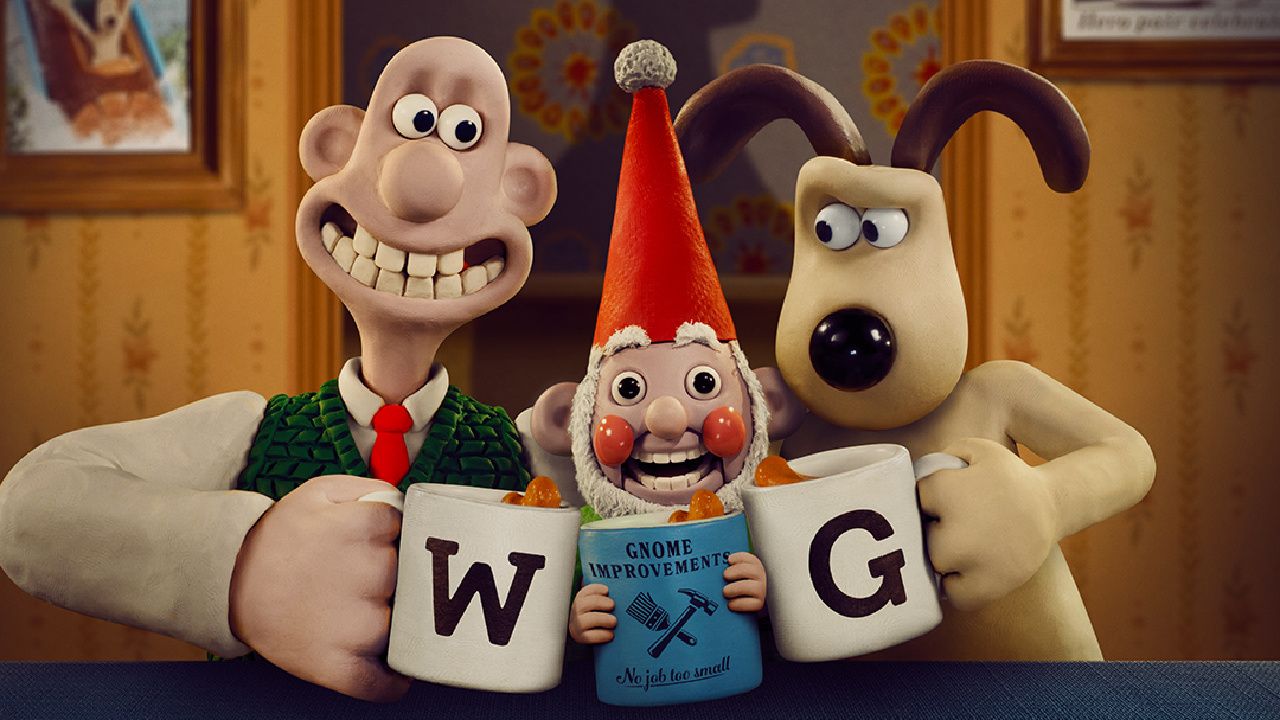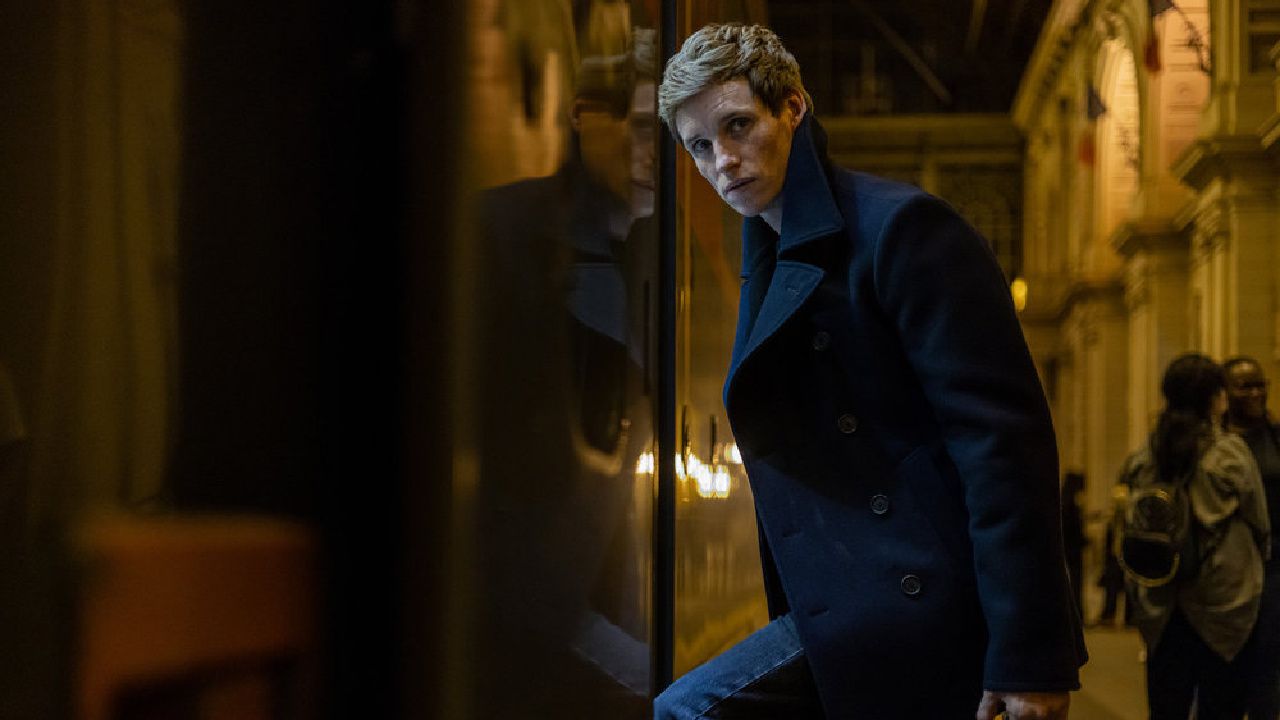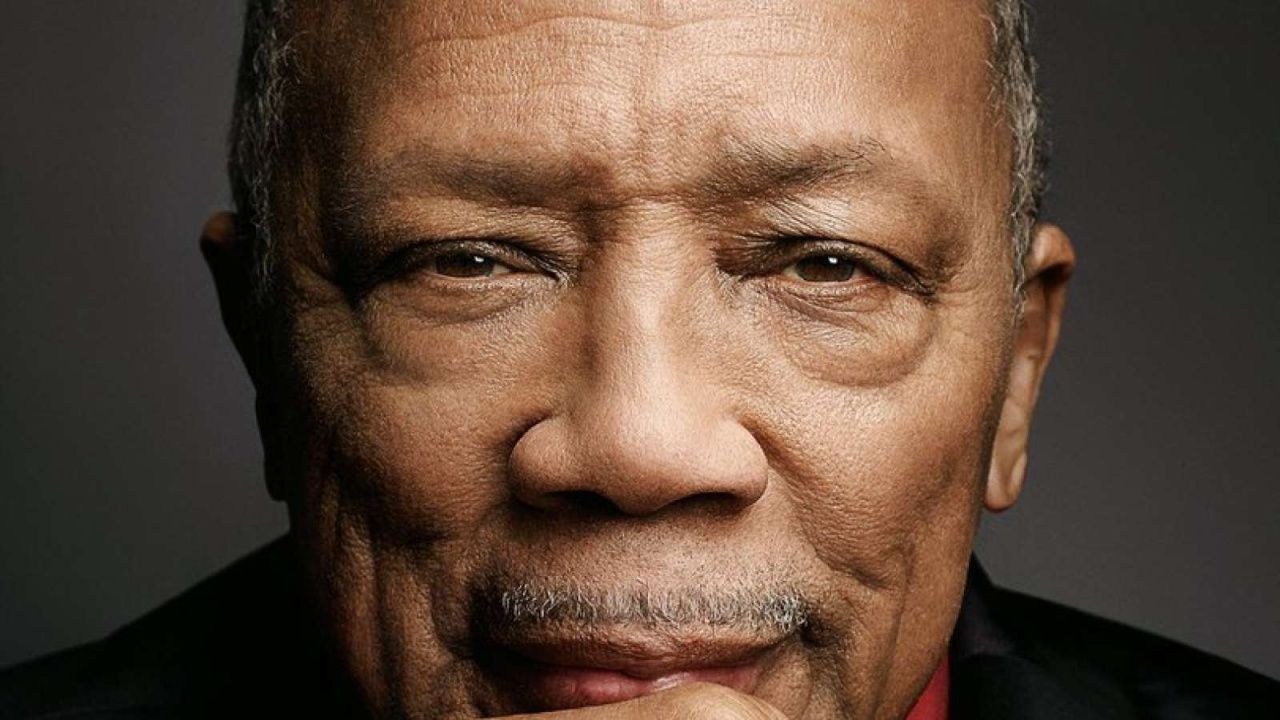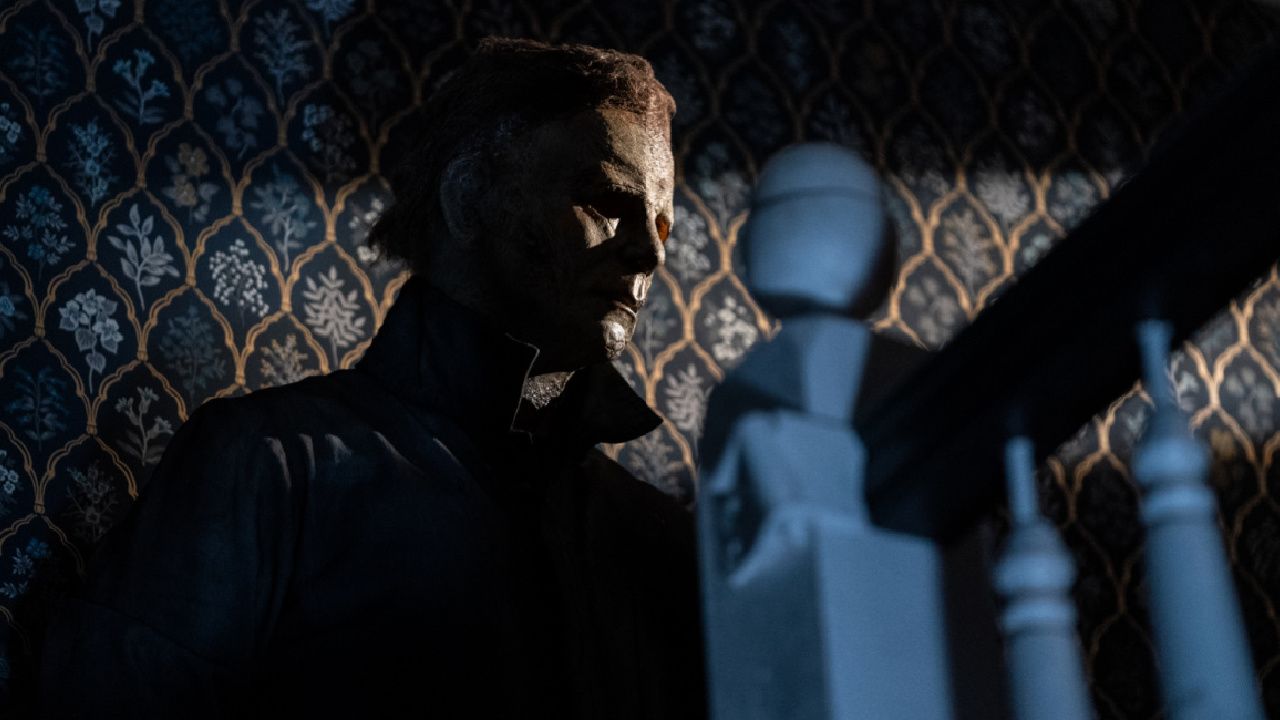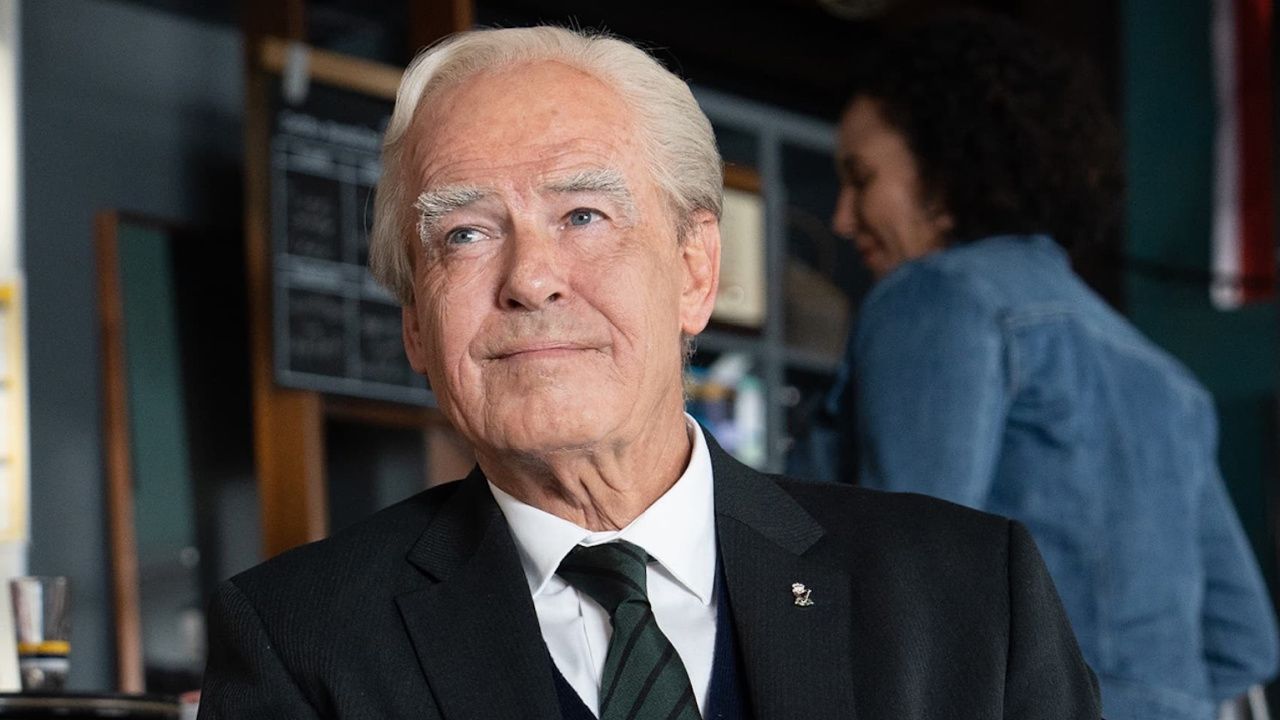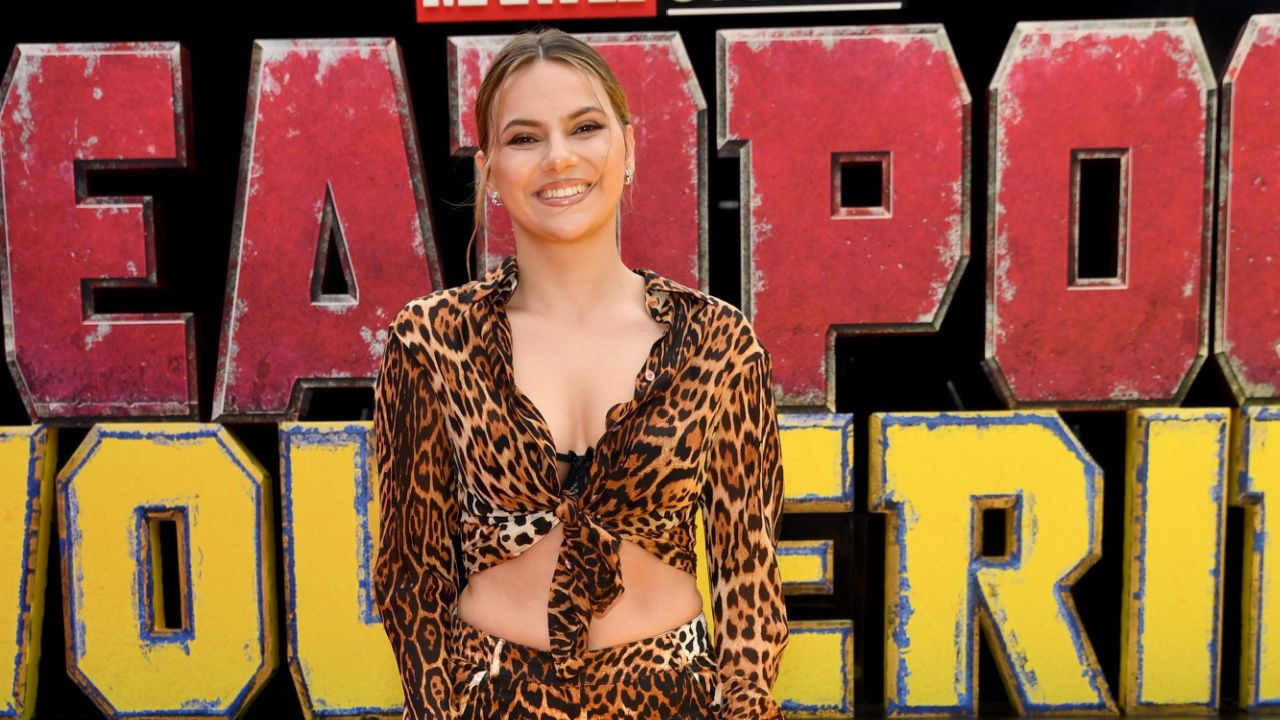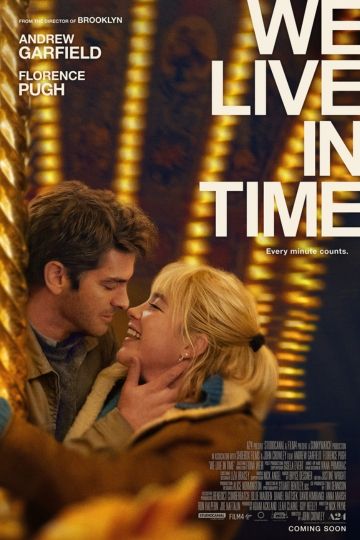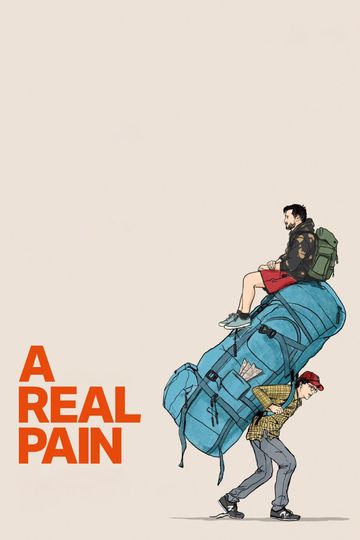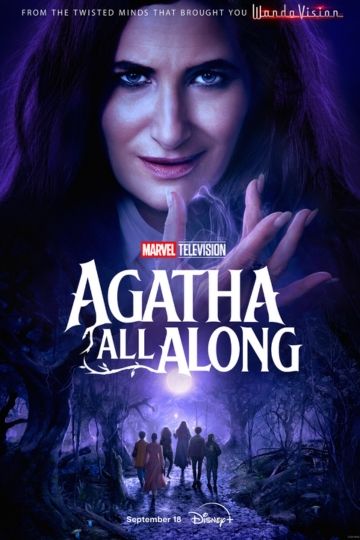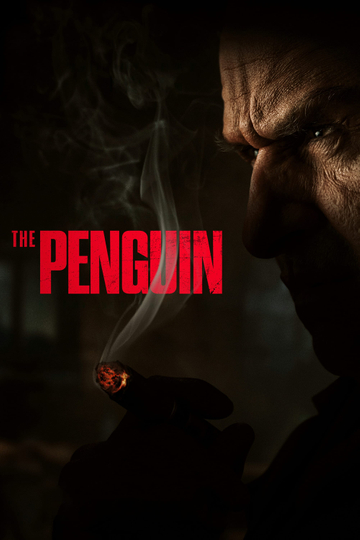Director J.A. Bayona on How 'Jurassic World: Fallen Kingdom' Is a Haunted House Movie with Dinosaurs
No matter what you think of "Jurassic World: Fallen Kingdom," one thing is undeniable: it is impeccably directed by J.A. Bayona, a Spanish filmmaker and protégé of Guillermo del Toro who delivered "The Orphanage," "The Impossible," and "A Monster Calls."
Bayona takes the world that director Colin Trevorrow introduced in "Jurassic World" and fills in all the contours, giving us a rich, scary adventure from jump street with the highly effective opening prologue. Gone is the harsh sunlight from the first film, replaced with sinister shadows. (The fact that much of the movie takes place in a Gothic manor seems almost too perfect.)
Seriously, this movie is gorgeous. And the way that Bayona stages the suspense set pieces, with an emphasis on experiential terror, will remind you of Steven Spielberg's playful direction of the very first "Jurassic Park." Truly, things have come full circle.
So you can imagine what a thrill it was to get to talk to Bayona about having turned down the original film, what he added to the sequel, and why he's okay with returning the franchise to Trevorrow for the third movie (currently slated for June 11, 2021). It's a roaring good time.Moviefone: You were offered the first "Jurassic World," but turned it down. What changed between the movies?
J.A. Bayona: At that time there was no script -- and we had to start production in six months. And I didn't think I was the right guy to do that. They actually delayed the production after they hired Colin, because there was really no time to do the movie.
What was it about the idea that stuck with you?
It's great to have a chance at working on such a beloved franchise like "Jurassic." I always wanted to work with Steven Spielberg. When the first ["Jurassic World"] came out, they started immediately talking to me about a sequel and [this time] there was more time to work on the script and develop the story, and I really wanted to be involved.
What was your interaction with Spielberg like?
Well, he supervised the whole process and you always shared with him the big decisions, in terms of the cast, in terms of the story. I also wanted to share with him the designs for the scenes, the set pieces, and shots. It was very special to be able to sit down and work with him.
The third act of this movie becomes a kind of haunted house story.
Yep.Was that from you or was that always in the script? It lines up with your sensibilities so perfectly.
The first time I talked to Colin, he said that he thought I was the right director because the second half of the movie was kind of like a haunted house story. And I was kind of shocked when I heard that. But I really liked the idea. Because one of the things I really liked the most about the first "Jurassic Park" is the moment of suspense in the kitchen. So the idea of recreating some of those scenes, with a dinosaur inside a mansion, I found really exciting.
Can you talk about your approach to these set pieces?
I think when you're focusing on the design of suspense scenes, I think it's all about taking the right elements and making the best of them. I think it's not actually about activation; it's about building up. So it's kind of interesting that after being on the island and seeing this massive volcano eruption, we focus on this moment with the dinosaur where you get to focus on your characters, alone, in the dark with only one dinosaur. There's no light, there's no sound [...] It's the thing I love about this -- the impact you can get from more details, like the close-up of a dinosaur claw on the floor or the handles of a window opening. That kind of idea I really liked.
That Gothic element extends to the movie's score. Can you talk about working with Michael Giacchino?
I am so happy with what Michael Giacchino has done with the film. I think we somehow found the right voice of the movie. There was this adventure on the island and he made the tone, going to this feeling of danger into this Gothic horror, suspenseful movie. And that's not easy. It's a beautiful score and there are moments when you can hear the choir that aids the story in really great way.There seems to have been a real emphasis on practical dinosaur effects. What necessitated that desire?
I think it's very tricky when actors interact with dinosaurs, especially in the close-ups, when the actors are touching the dinosaurs. And having come from another movie, "A Monster Calls," where one of the characters was a giant tree monster created with CGI and animatronics, I learned my lesson. I wanted the characters to really interact with the dinosaurs -- really touching them -- and that is something that you can only do with animatronics. And animatronics are also a very good guide for the CGI guys, since you can get a great reference on texture and light and color. So it's an amazing blend of techniques that makes the dinosaurs work.
Is it bittersweet to hand the story back to Colin Trevorrow for the third part?
I always knew that I was only going to be involved in the second one. Taking care of the second one was exciting because, usually, the second part of a trilogy is when everything gets more complicated and complex and interesting. And you take what happened in the first movie and deliver what's going to happen. I think Colin has a lot of very exciting possibilities for the next one, and he was the one that started it all and he's the right one to finish it.
"Jurassic World: Fallen Kingdom" is everywhere this week.

